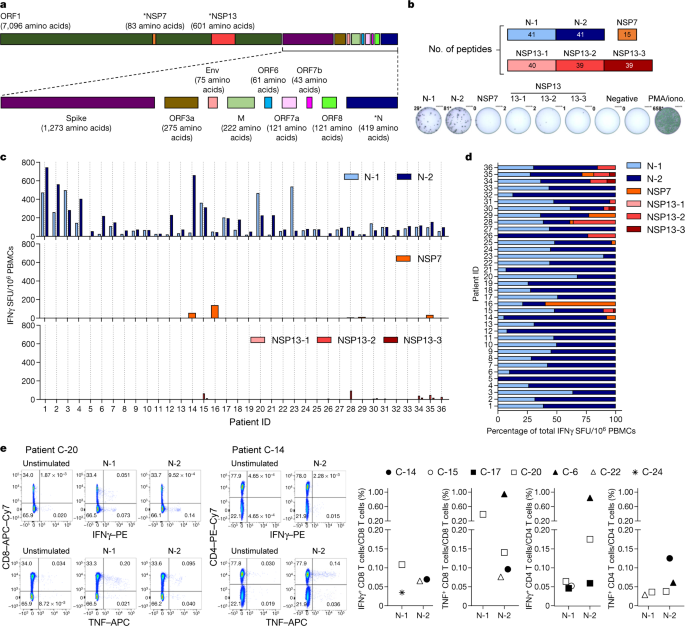Todjaeger
Potstirrer
And the hits just keep on coming.
It has now been confirmed that the US state of Georgia, which was the last to do a shutdown and first to reopen, had been massaging the data reporting to justify reopening so early, and apparently has continued to massage the data.
The reporting methodology has been to record the confirmed positive case date on the projected date a case became infected, and not the actual date that the test was administered, or the date the test was processed and confirmed. While this information could help infectious disease researchers with some modeling, it also completely skews other disease models. Basically the only way to accomplish this type of date recording is by backdating the data. This in turn inflates the # of cases to dates already passed, while reducing the number of confirmed cases for the current date and more recent dates. In effect, it makes the # of confirmed cases appear to be declining when in reality, the cases which will get recorded for today's date will be actually swabbed about two weeks from now.
Reportedly the recording method will now be changing 'soon' due to symptom-onset dates becoming less relevant as more asymptomatic (or possibly pre-symptomatic) cases get tested.
It has now been confirmed that the US state of Georgia, which was the last to do a shutdown and first to reopen, had been massaging the data reporting to justify reopening so early, and apparently has continued to massage the data.
The reporting methodology has been to record the confirmed positive case date on the projected date a case became infected, and not the actual date that the test was administered, or the date the test was processed and confirmed. While this information could help infectious disease researchers with some modeling, it also completely skews other disease models. Basically the only way to accomplish this type of date recording is by backdating the data. This in turn inflates the # of cases to dates already passed, while reducing the number of confirmed cases for the current date and more recent dates. In effect, it makes the # of confirmed cases appear to be declining when in reality, the cases which will get recorded for today's date will be actually swabbed about two weeks from now.
Reportedly the recording method will now be changing 'soon' due to symptom-onset dates becoming less relevant as more asymptomatic (or possibly pre-symptomatic) cases get tested.





